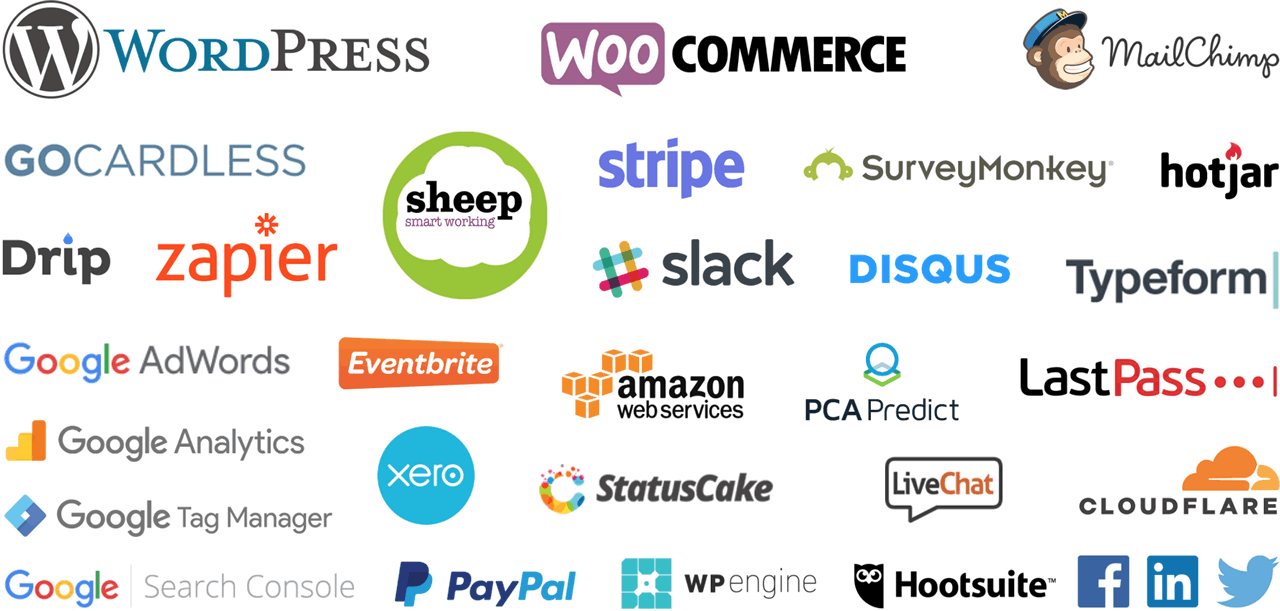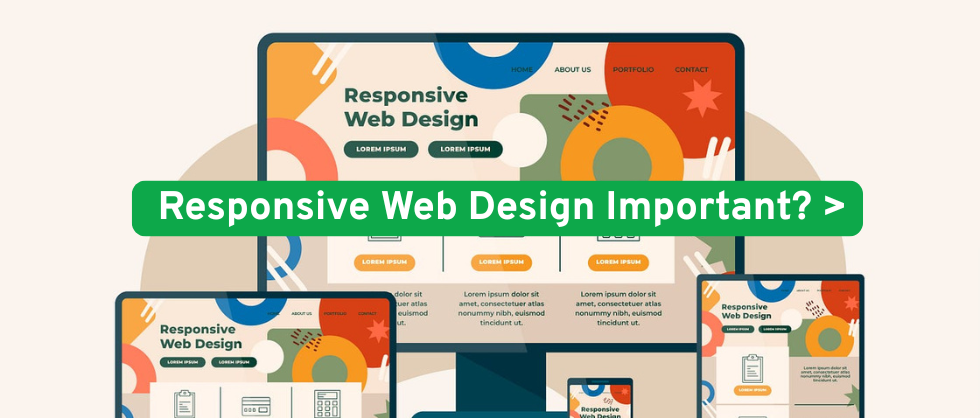Your website is the digital face of your business. It’s often the first place potential customers interact with your brand, making it an essential tool for your business’s success. But how often should you redesign your website to ensure it stays fresh, competitive, and effective at converting visitors into customers? In this blog post, we’ll answer that question and dive into the factors that influence the timing of a website redesign in 2025.
The 2025 Website Landscape: Why Timing Matters More Than Ever
As we move deeper into 2025, the digital landscape is evolving at an unprecedented pace. Trends, technology, and user expectations are changing rapidly, making it essential for businesses to stay up-to-date with the latest design standards and performance metrics. Websites that are built five years ago, or even just a few years ago, might not meet current user demands or best practices in SEO, speed, or mobile optimization.
Recent studies show that website design is one of the top factors influencing a user’s decision to trust a brand. According to HubSpot, 38% of people will stop engaging with a website if the content or layout is unattractive. In the fast-moving digital world, that’s a large chunk of potential business lost — and the reason why website redesigns have become a vital aspect of staying competitive.
1. General Rule: Every 2 to 3 Years
The general rule of thumb for most businesses is to consider a website redesign every 2 to 3 years. This timeframe allows you to keep up with:
- Changing design trends: What’s considered visually appealing and modern today may feel outdated in a couple of years. Websites with old-fashioned designs can seem unprofessional or unreliable to potential customers.
- Technology advancements: As web development technologies evolve, so do the capabilities of websites. Over the past few years, we’ve seen massive improvements in site speed, mobile optimization, interactive elements, and AI-driven features.
- Security requirements: Older websites are more vulnerable to security threats. Regular redesigns can ensure your site is protected from hackers and breaches.
With the rapid pace of technological advancements, especially with the rise of AI, voice search, and Augmented Reality (AR), failing to keep your website current could result in poor user experience, lower rankings on search engines, and missed opportunities to engage with your audience.
2. When Your Website Isn’t Meeting Business Goals
A website redesign isn’t just about following trends; it’s about meeting your business objectives. If your website isn’t achieving key business goals, like lead generation, increased sales, or higher engagement, it might be time for an update, even if it’s been less than three years since your last redesign.
For example:
- Lead generation has dropped: If your site isn’t converting visitors into leads or customers at the rate it used to, a redesign can help. You might need a more intuitive layout, optimized calls to action (CTAs), or better integration with your CRM or marketing automation tools.
- High bounce rates: Websites that aren’t user-friendly or take too long to load often have high bounce rates. Slow websites result in 56% of visitors leaving within 3 seconds (Google Research, 2025), making site speed a crucial factor to monitor regularly.
- Mobile traffic is rising: As mobile traffic continues to increase, ensuring that your site is responsive and optimized for mobile-first indexing becomes paramount. Google’s mobile-first index means that it primarily uses the mobile version of your site for ranking and indexing.
3. When Your Website is Hard to Manage or Update
An old website may be based on outdated content management systems (CMS) or require a developer for every small update. This can be frustrating and time-consuming, especially as your business grows and you need to keep your content fresh. If your website is difficult to maintain or make changes to, it could be a sign that it’s time to upgrade to a more user-friendly platform.
The rise of easy-to-use CMS platforms like WordPress, Shopify, and Wix means that businesses no longer need to rely on developers for routine updates. If your website isn’t built with a CMS that allows you to manage and update it easily, a redesign to a more accessible platform could be a game-changer for your productivity.
4. When You’re Rebranding or Changing Your Business Focus
A website is an extension of your brand. If your business is undergoing a rebranding or shifting its focus — whether that’s changing your logo, targeting a new demographic, or adding new products or services — your website needs to reflect those changes.
Recent surveys show that 94% of first impressions are design-related, and an outdated website can harm your new brand identity. Aligning your website with your current business strategy ensures your brand message is consistent across all channels.
Additionally, a redesign gives you the chance to restructure your site in a way that aligns with your evolving business goals. This could include new service pages, revamped product listings, or even an updated blog or content strategy to match your new focus.
5. When Your Website is Not SEO Optimized
In 2025, SEO remains a critical factor in driving traffic to your website. A site that isn’t optimized for search engines will struggle to rank well in Google’s search results. Regular website updates are necessary to stay on top of SEO best practices.
- Content strategy: Fresh, relevant, and keyword-optimized content is essential for maintaining your ranking. Websites with outdated or irrelevant content will struggle to attract organic traffic.
- Technical SEO: Google’s algorithms continue to evolve, with an increasing focus on page speed, mobile optimization, and secure HTTPS connections. A redesign allows you to optimize the back end of your site for better search engine performance.
- Core Web Vitals: Google’s Core Web Vitals, introduced in 2021, measures aspects of web user experience such as loading performance, interactivity, and visual stability. If your site isn’t meeting these metrics, a redesign could improve your rankings.
6. Keeping Up with Security and Compliance Needs
Website security is a priority for both your business and your customers. A secure website not only prevents hacking attempts but also builds trust with your audience. Websites that are running on outdated platforms or using unsecured connections (like HTTP instead of HTTPS) are at risk of security vulnerabilities.
Additionally, if your business is dealing with sensitive customer data, a website redesign can help ensure compliance with data protection regulations, such as GDPR in the EU or CCPA in California.
Conclusion: Redesign Your Website When It’s Time to Evolve
In 2025, keeping your website up-to-date is no longer a luxury — it’s a necessity. Whether you’re looking to improve user experience, optimize for SEO, enhance mobile performance, or simply keep up with design trends, a well-timed website redesign can drive more traffic, increase conversions, and strengthen your brand.
The general recommendation is to redesign your website every 2 to 3 years. However, the right time to redesign is when your site is no longer helping you achieve your business goals or when it no longer reflects your current brand, technology, or customer needs.
If your website is showing signs that it’s outdated or no longer serving its purpose, now is the time to consider a redesign. At Enveos, we specialize in creating websites that are not only beautiful but also optimized for SEO, security, and performance.
Contact us today to discuss how we can help you refresh your website and position your business for success in 2025!




